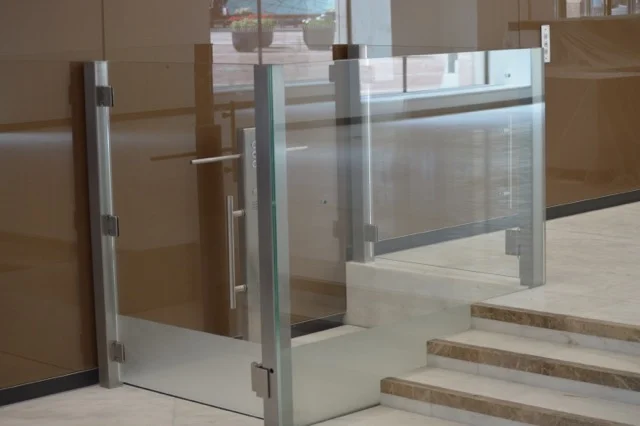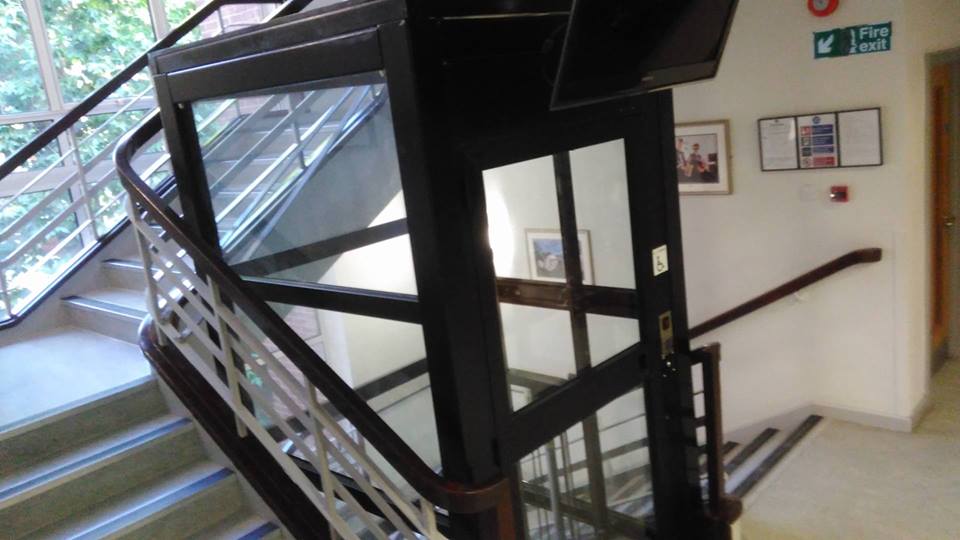At one time, a lift in a domestic house was a rarity, unless it was a stair lift installed for an elderly or disabled person. Nowadays however, a lift is fast becoming a must-have feature, which adds value to a house. They are not just the preserve of larger and more exclusive properties, but are increasingly installed in any type of multi-level home.
As the need to design homes fit for all stages of life becomes more apparent, forward-thinking architects are including a lift as a standard feature in new build homes. Here’s why.
Modern lifts are sleek and stylish
Lifts once had a reputation for being cumbersome and ugly. However, elevator technology has progressed significantly over the past couple of decades, and you might be surprised with the quality of today’s lifts.
Aesthetically speaking, they are designed to a much higher standard, with a choice of finishes and colours to complement the interior décor of your home. They can be installed to fit discreetly into a corner of a room, or even be used to form a focal point.
Platform lifts, which do not require a cable, take up no more space than a cupboard or wardrobe, and are relatively straightforward to install, even in a home that wasn’t originally designed to accommodate a lift.
Modern lifts are safe and quiet
Lifts once had a reputation for being noisy and unreliable. However, modern lifts are designed to the highest safety standards and regulations. Your lift installation company will advise you about a regular maintenance programme to keep it in perfect working order.
Modern lifts are affordable
There is a common assumption that installing a lift is expensive, but it won’t necessarily cost more than renovating any other part of your house. They also add value to your home, as people now actively seek out accessibility features which will future-proof the property.
If you are looking for lift companies, please get in touch today.







































